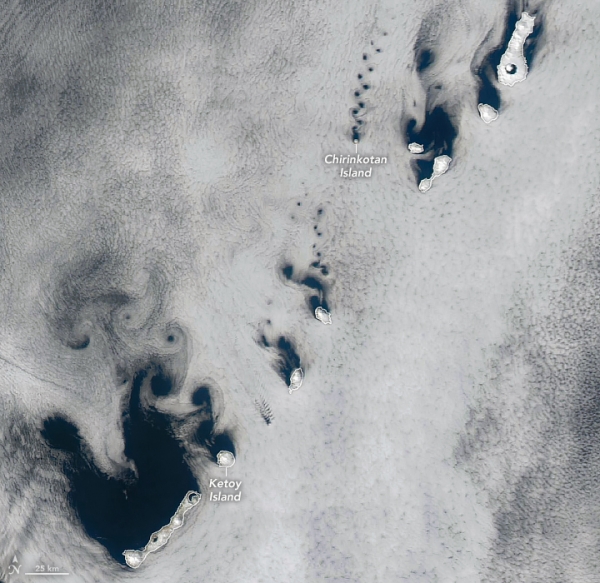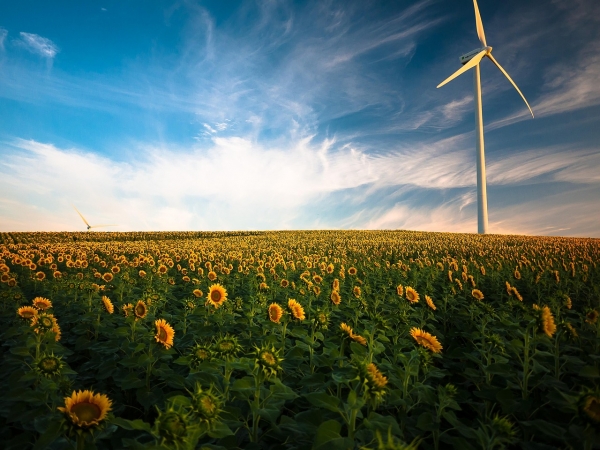
Winds blowing across the Kuril Islands, between northern Japan and Russia’s Kamchatka Peninsula, sent clouds spinning into compact coils and sprawling swirls on a spring day in 2025. The MODIS (Moderate Resolution Imaging Spectroradiometer) on NASA’s Aqua satellite captured this image of the vortices on April 14, 2025.
>> Read the Full Article

A first-of-its-kind study in Nature finds that with bold and coordinated policy choices—across emissions, diets, food waste, and water and nitrogen efficiency—humanity could, by 2050, bring global environmental pressures back to levels seen in 2015.
>> Read the Full Article

 ENN
Environmental News Network -- Know Your Environment
ENN
Environmental News Network -- Know Your Environment